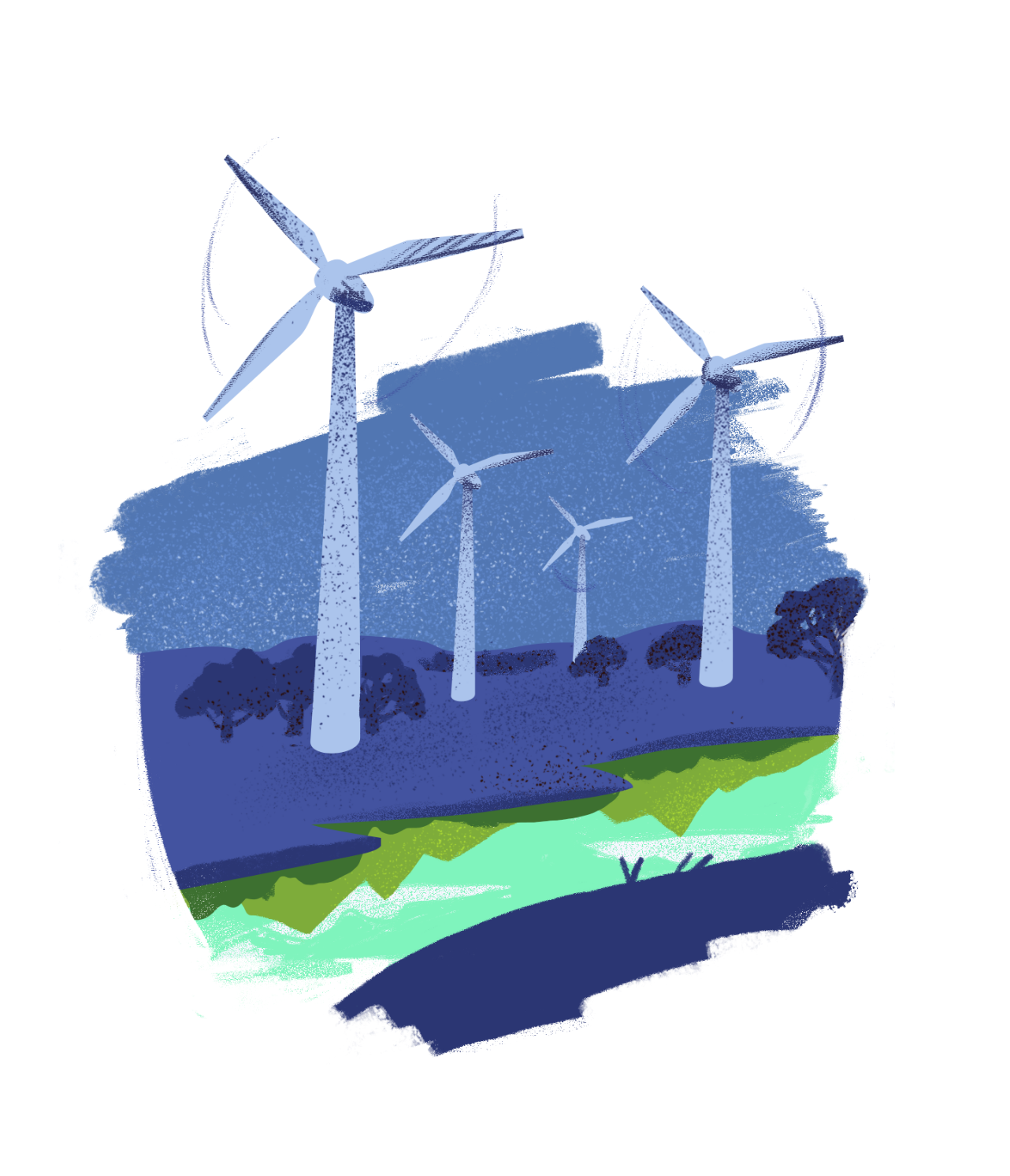The percentage of total power mix (in-state generation plus imports) from renewable sources rose 0.5 percent to 33.6 percent in 2021. At the current pace of growth, California is at risk of missing the 50 percent Renewable Portfolio Standards (RPS) goal by 2026.
Electricity generation from renewables exceeded 93,000 gigawatt-hours (GWh) in 2021, but has not significantly increased since 2018. The increase in total RPS percentage is due to the decrease in imports from natural gas—9.1 percent lower than in 2020 and 11.2 percent lower than in 2019—resulting in an overall 45 percent decrease from 2020, and offsetting the smaller increase captured in the in-state generation sector. For reference, California imported in total of 7,925 GWh from natural gas from other states in 2021.
The ongoing drought significantly hampers electricity generation from hydroelectric. Small hydro’s share of generation in 2021 (1% of generation mix) is one of the lowest since the RPS program’s inception in 2002. Ongoing generation from hydroelectric is expected to remain low, as long as the drought persists, and California will likely be forced to buy more power from neighboring states.
Despite having a similar share of renewables, imports from the Southwest are more carbon intensive due to their higher percentage of generation from coal (17% in 2020) compared to Northwest imports (0.5%) and in-state generation (0.2%).
Electricity generation from RPS-eligible renewable sources and large hydroelectric made up 42.9 percent of the power mix in 2021, a slight decrease from the 45.3 percent in 2020 and 46.3 percent in 2019. Electricity generation from these sources made up 34.8 percent of total in-state generation in 2021—a significant decrease from 33.3 percent in 2020. Both decreases are mainly due to the drought. Both decreases are mainly due to the drought.
Of the utility-scale power plants that came online after 2010, California added more capacity from solar than any other sources. As of May 2021, the power plant additions primarily came from solar and wind, at 0.9 and 0.3 gigawatts (GW) respectively, while the power plant retirements solely came from solar resources at 0.3 GW.
For California to meet its 2026 goal of 50 percent of generation from RPS-eligible renewable sources, the share of electricity generation from renewables would need to increase by 8.3 percent each year from 2021 to 2026, revised upward from the 6.1 percent annual growth rate previously predicted in 2018.

